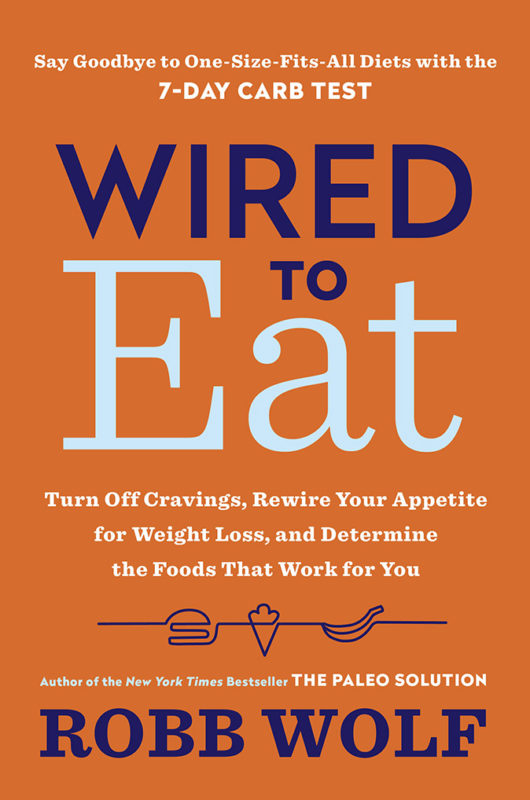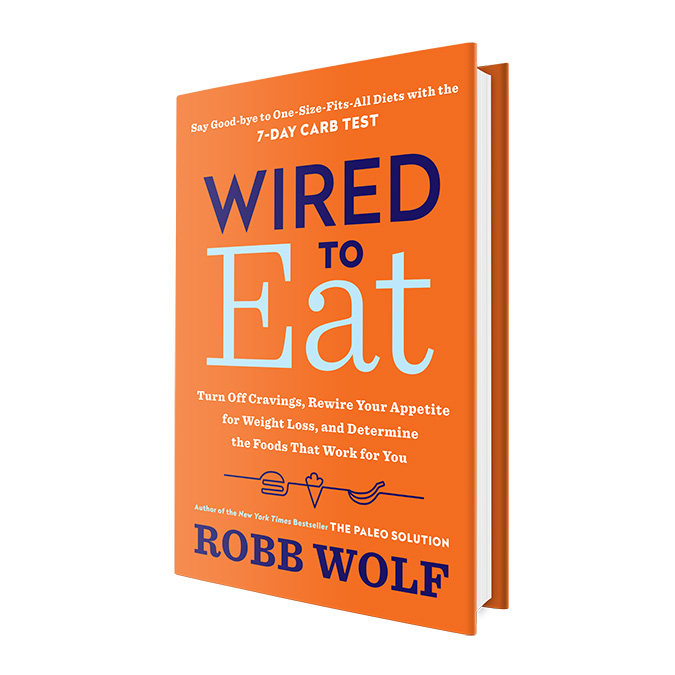*The title of the article is asking if one can be just a bit diabetic, not short of stature!
Most of the degenerative diseases we face in the modern world are not binary on/off propositions — they exist, and are diagnosed, on a spectrum. Here are some binary propositions: influenza virus (ya got it or ya don’t), compound fracture (bones are sticking out or they are not) pregnancy (knocked up or not). Here are some diseases which progress and are diagnosed on spectrums: cardiovascular disease, neurodegeneration, and diabetes (specifically type 2 diabetes — for the purpose of this article we are not considering type 1 diabetes even though that CAN exist on a bit of a spectrum during the “honeymoon phase, but that’s an article for a different day.)
I subscribe to a number of different news outlets on a wide variety of topics, but the largest block of information I look at daily comes from medical and health related sources. I subscribe to outlets from the mainstream to the outer fringes of credibility. I do not do this to get a “balanced perspective” as we are foolish to think looking at the two polar ends of a topic somehow provides deep insight or balance. Unfortunately this is how most of the media works (get two idiots from polar opposite positions, face them off and watch the ill-informed bloodbath). This lazy sensationalism (which in academic circles is called “journalism”) is a likely at root to a LOT of problems we face, but again, different topic for a different day.
I look at this spectrum of reporting for two reasons:
1- I hope that I might learn something I did not know and or look at things in a different way. I suspect this will be made illegal at some point and folks from both sides of the political divide will endorse the prohibition. No change for you!
2- (And this is the point germane to this piece) I like to see what information is being covered by what outlets. What is the “fringe” talking about that the mainstream is (or is not) talking about? One of my primary resources for the Orthodox, “Missionary Style”, medical perspective is MedPage Today. This is the low fat, vanilla ice cream with extra carrageenan of medical news outlets. It is bland, flavorless and generally uncontroversial. Part of its function is to provide CME’s (Continuing Medical Education) for doctors and other healthcare providers, so it influences a lot of people and is a bit of an insight into the mainstream thinking one will encounter within medicine. This recent piece, “Prediabetes by Any Other Name” caught my eye as it illustrates the challenge modern medicine faces in getting a handle on chronic degenerative disease that progresses over years or decades and is “diagnosed” along fairly arbitrary spectrums. There are several methods of establishing a diagnosis for prediabetes (and diabetes) ranging from oral glucose tolerance tests, to fasting insulin, to A1c. All of them have strengths and weaknesses. What is interesting to me is there is a massive amount of time and energy spent trying to figure out which rubric is the best, what cut points are the most predictive of problems. Here is an interesting quote from the paper:
“These results suggest that impaired glucose tolerance is a stronger risk factor for all cause mortality, but not for cardiovascular disease, than other definitions of prediabetes, which might be caused by the significant association between impaired glucose tolerance and non-cardiovascular death, especially cancer mortality, they noted.”
Impaired glucose tolerance (insulin resistance and poor ability to deal with glucose) tends to be predictive of cardiovascular disease, but only up to a point…the reason why is at some point, impaired glucose disposal increases the likelihood of other problems, like cancer, faster than it increases CVD risk.
The frustrating thing for me in all this is NONE of the cut-points nor recommendations are approached from an evolutionary biology/ancestral health perspective. Using this methodology we would look at populations that have little to no diabetes for example, then establish cut points well in advance of seeing ANY disease process. This looney idea is simply starting the investigation from a health based perspective, then working towards disease process. Instead we generally work from an unhealthy population as our “normal” and then try to make lemonade from these metaphorical lemons. The short story in all this is we want all of these metabolic cut-points to be “better” than what is generally recommended if we want to remain disease free or at least kick that can as far down the road as possible. This is not complex stuff, but outside of “fringe” circles there is little discussion, just lots of decimal point fiddling and paper shuffling.
I dive deep on this topic in my forthcoming book, Wired To Eat, where I’ll help you determine where you are on this insulin resistant spectrum as well as suggest cut points to shoot for that are based on healthy populations, not the unhealthy “average.”
Photo credit: PracticalCures.com



So let me make sure I am digesting this correctly from a cancer perspective. The article is stating too much glucose in the bloodstream (due to impaired glucose tolerance) can lead to cancer. So if this is the case wouldn’t a ketogenic diet help a cancer patient?
It potentially can in some cases and certain cancer types.